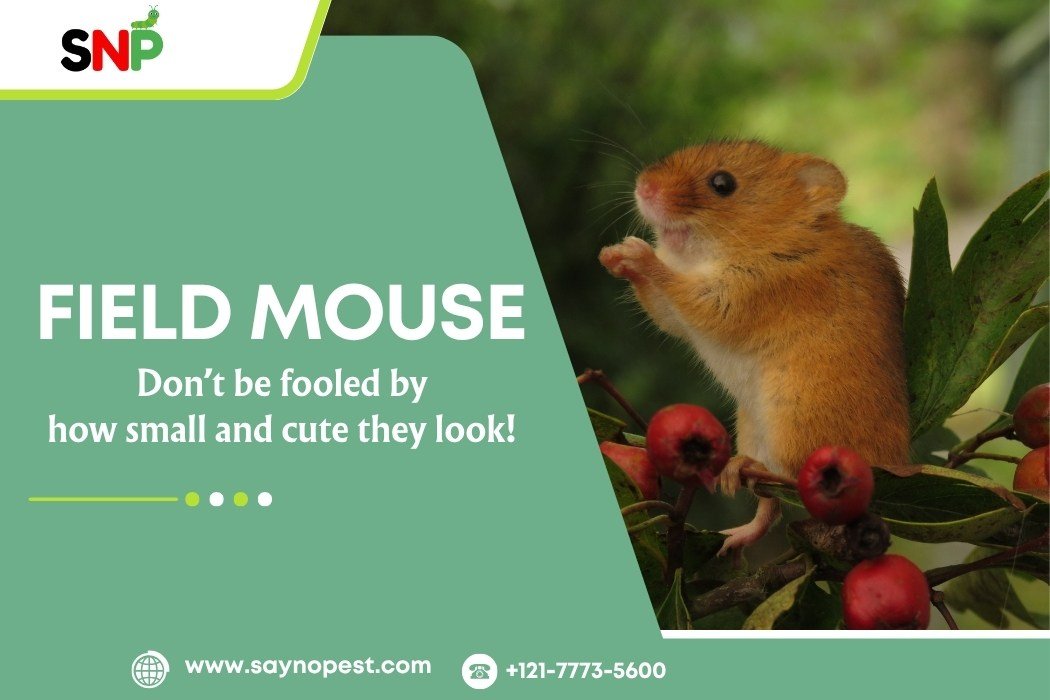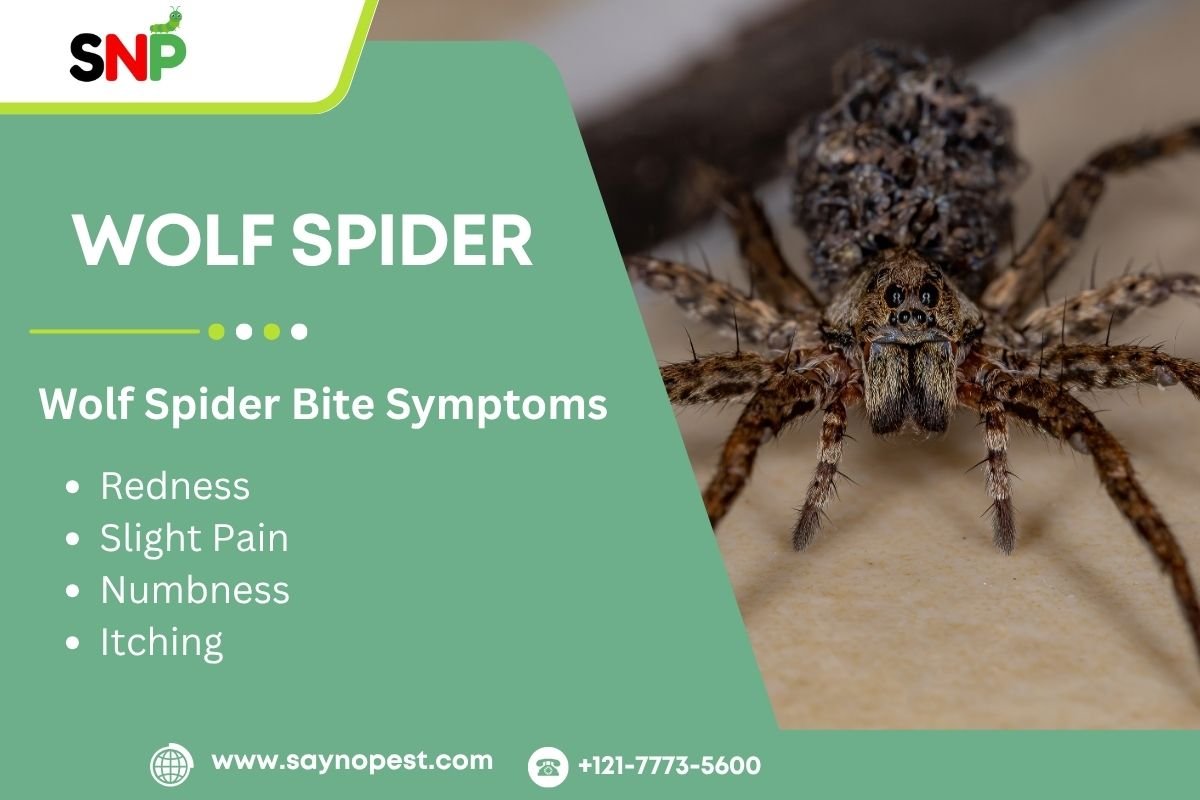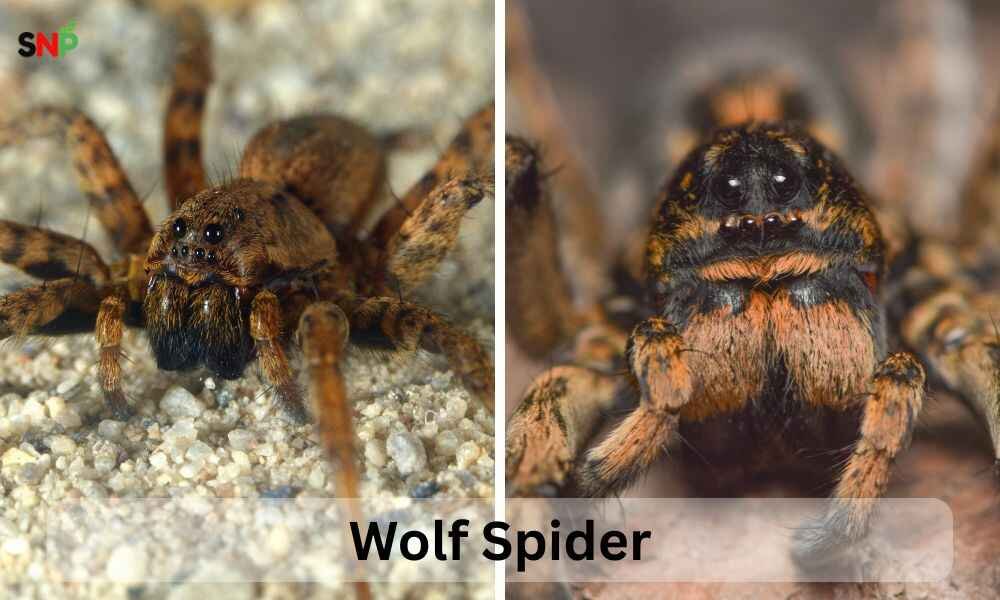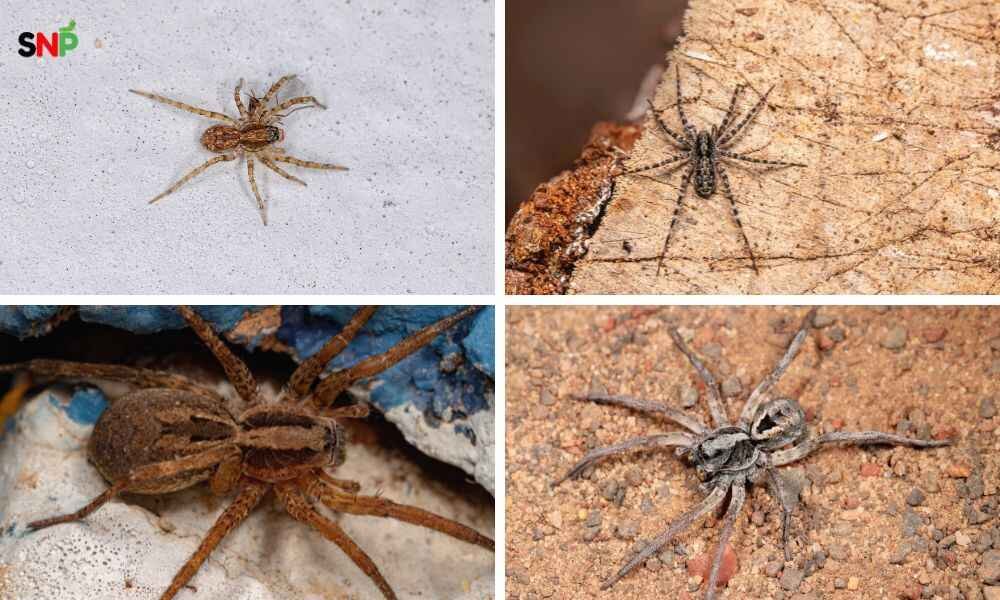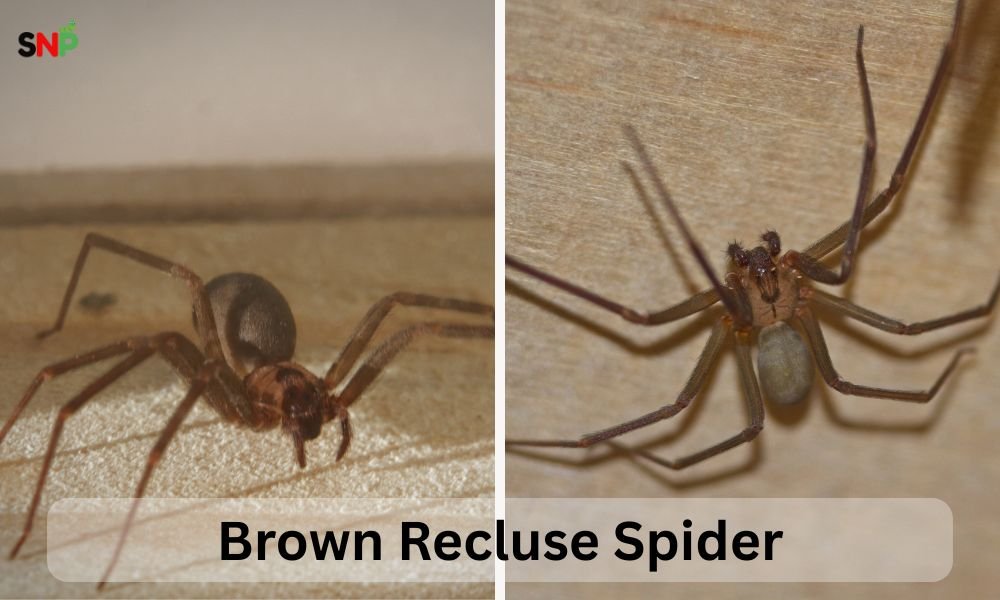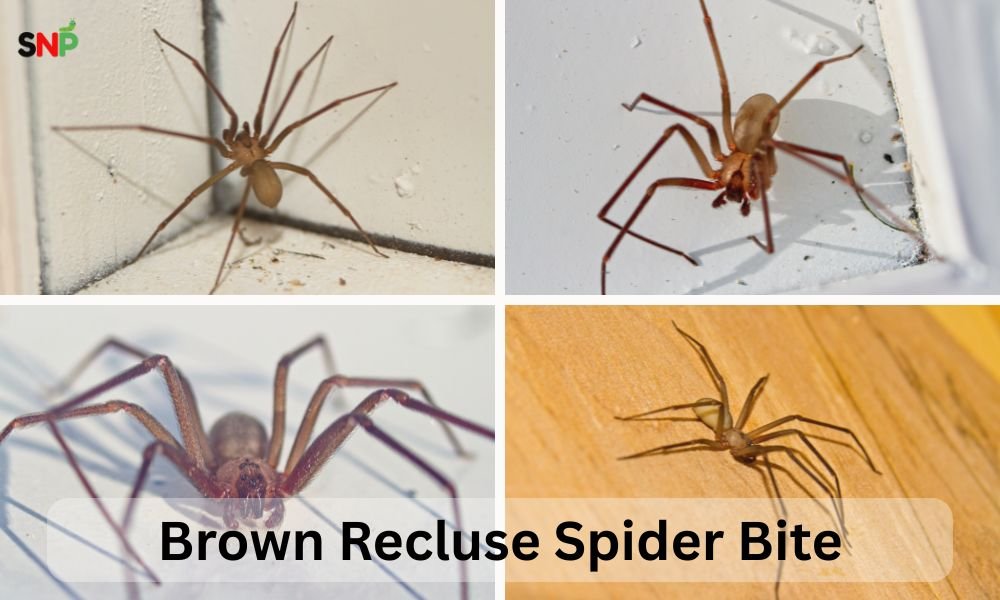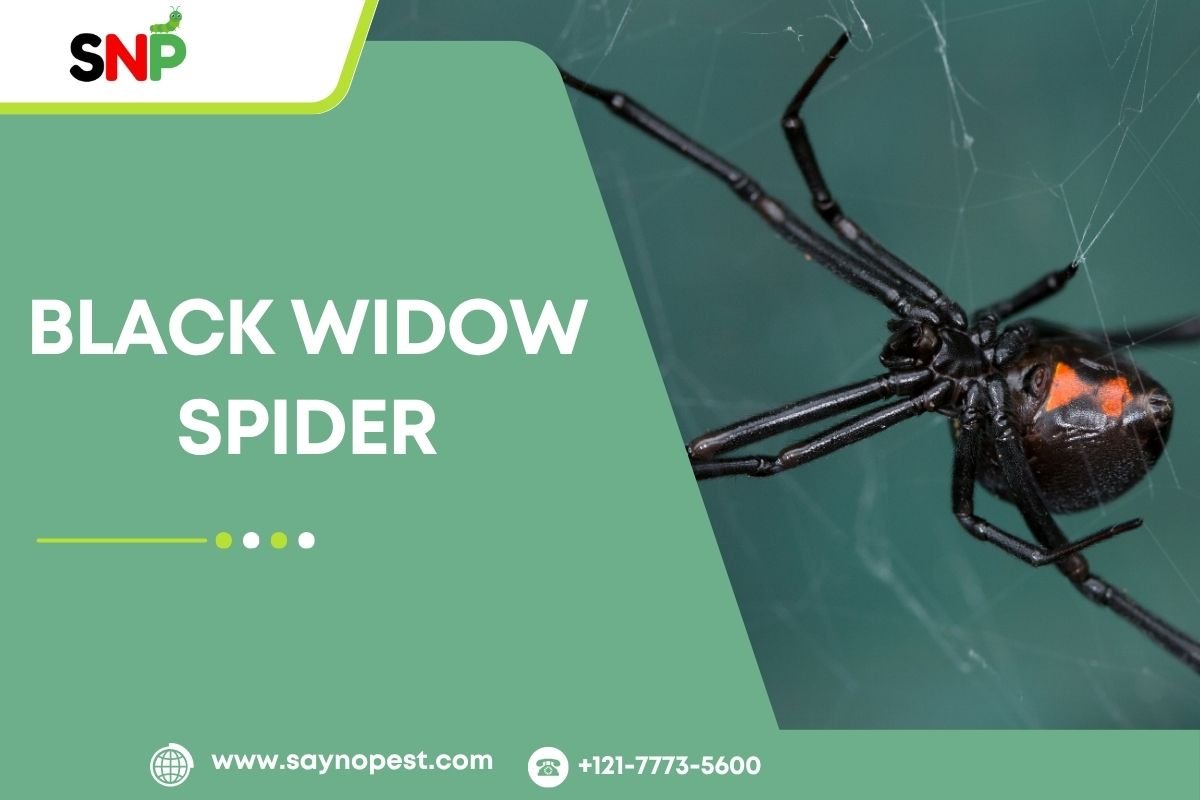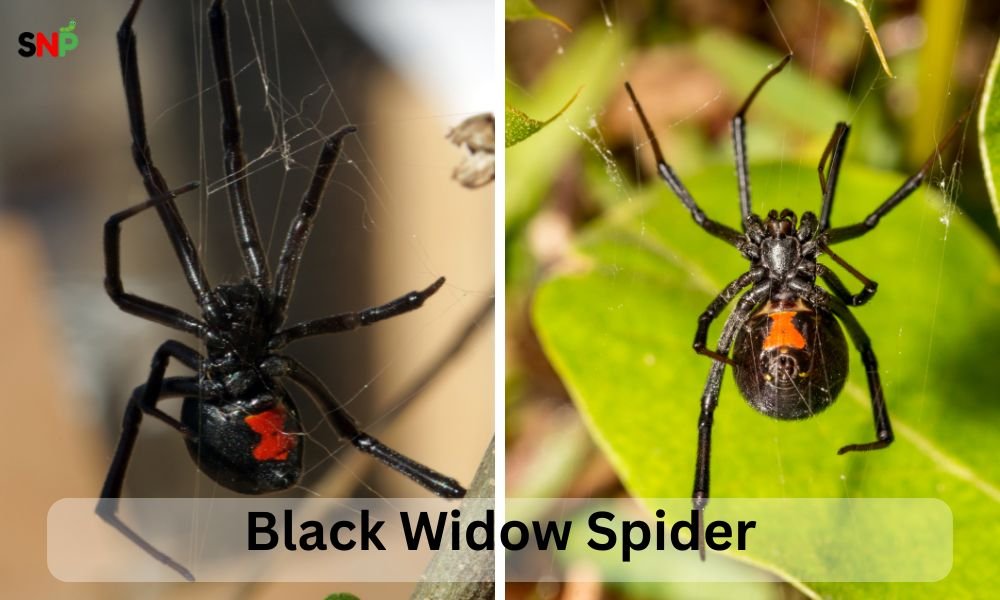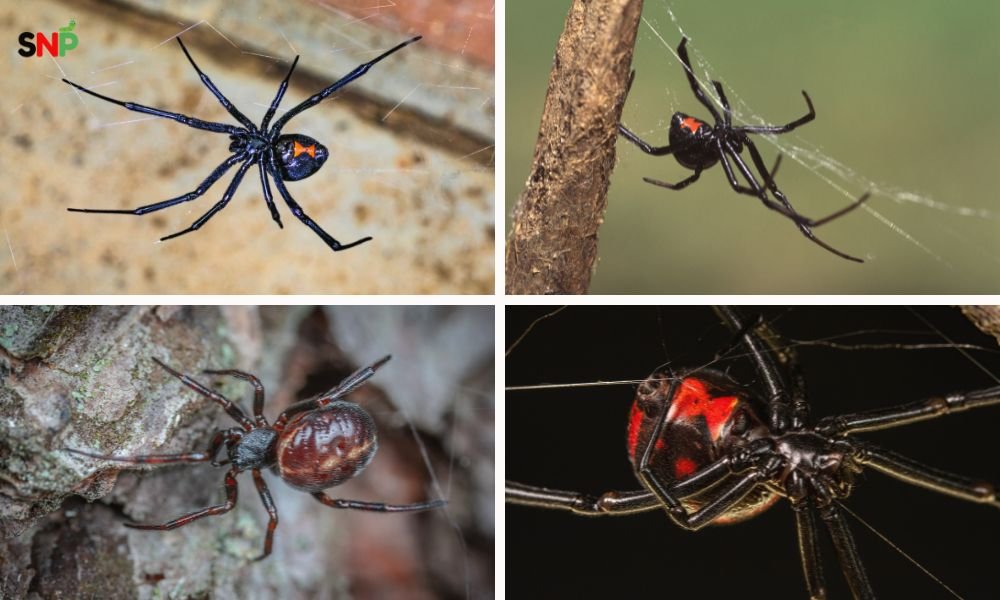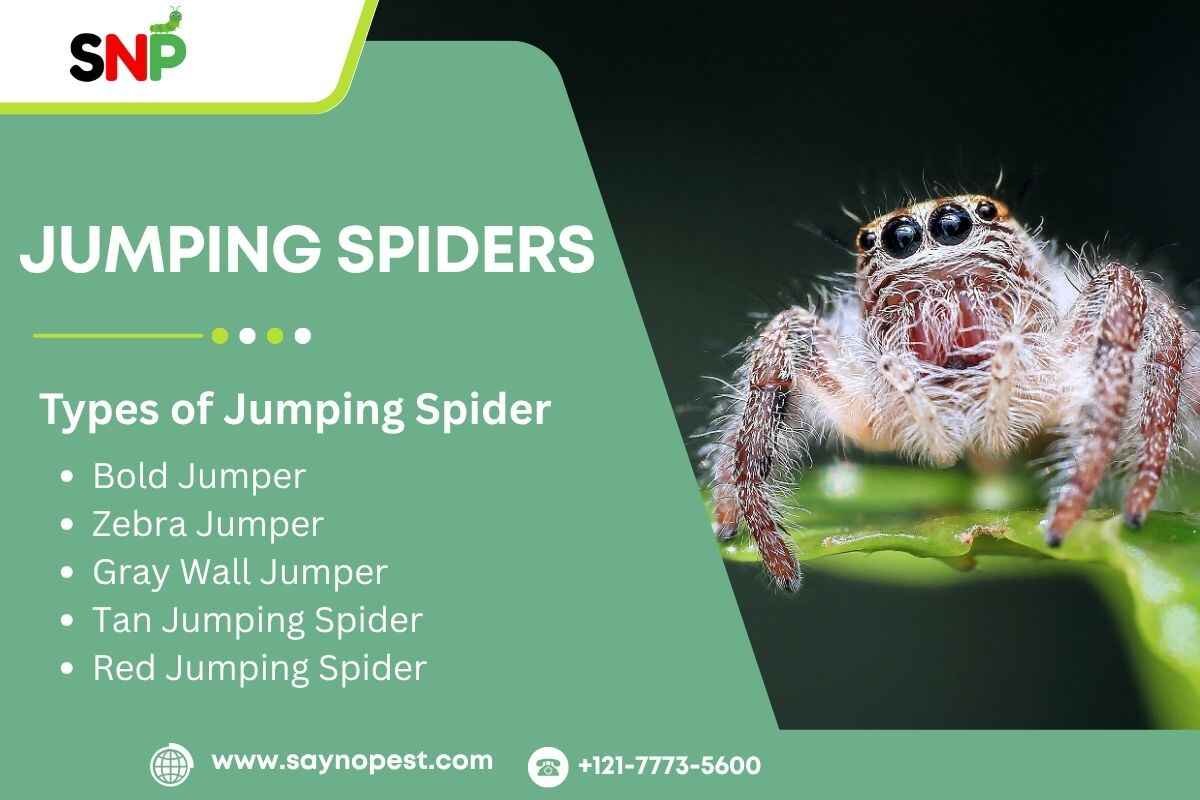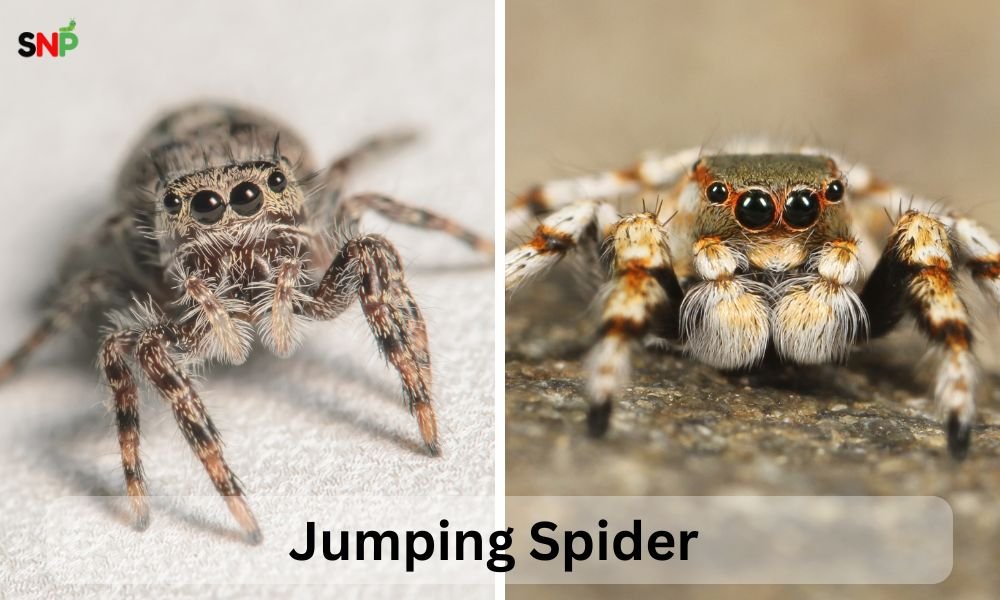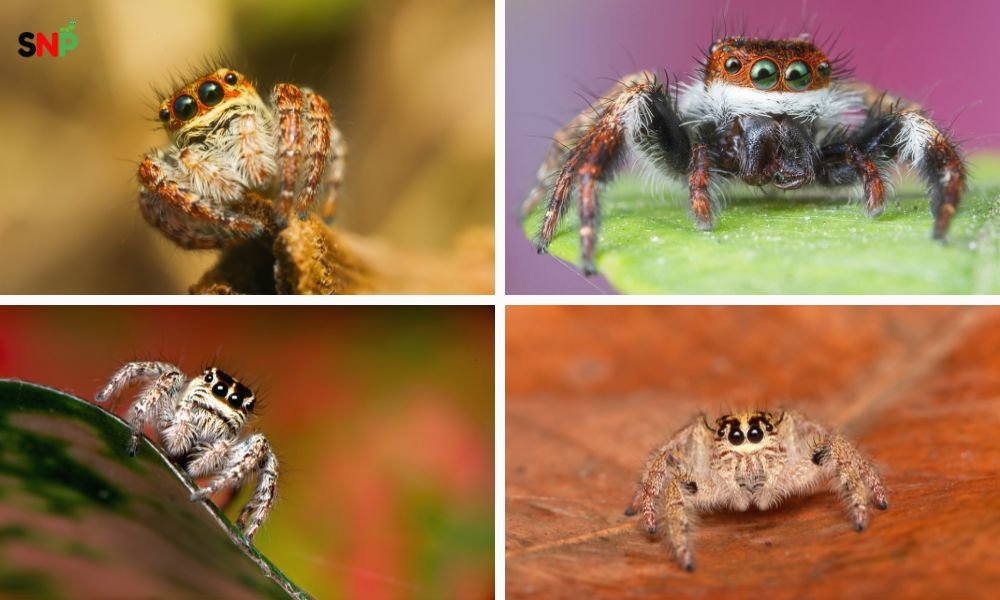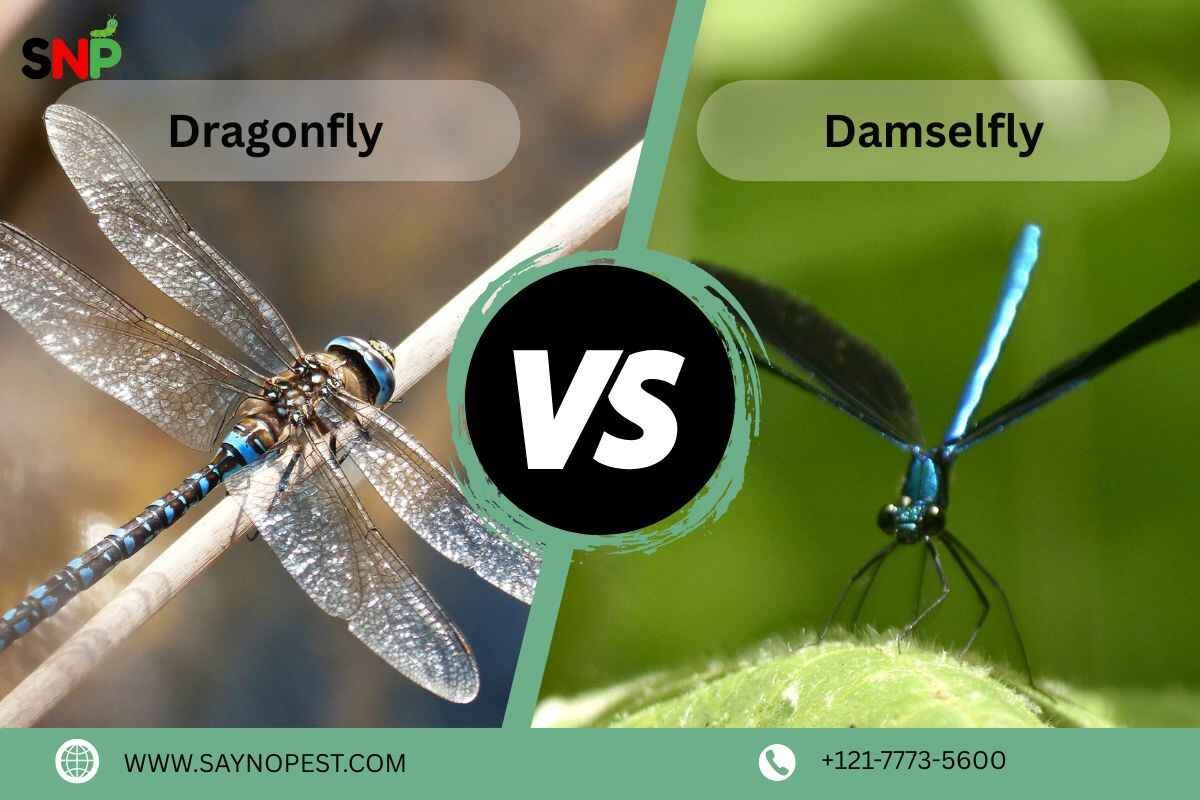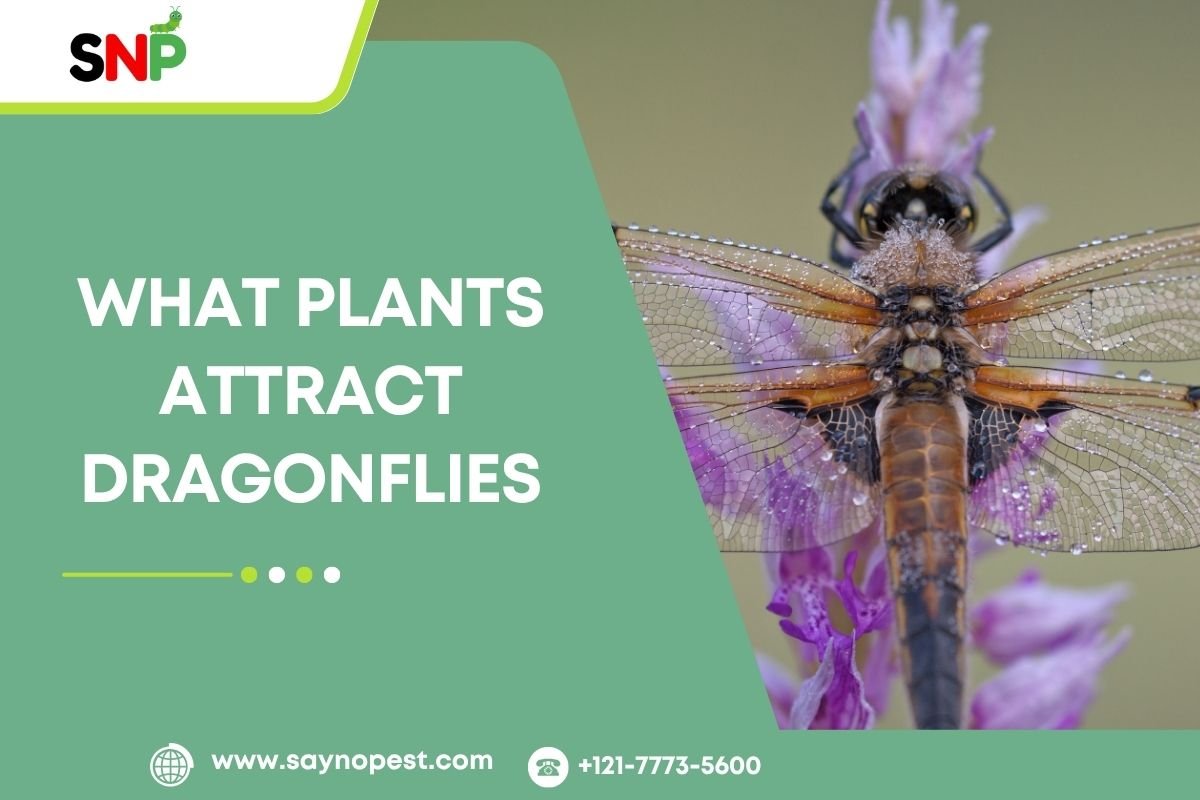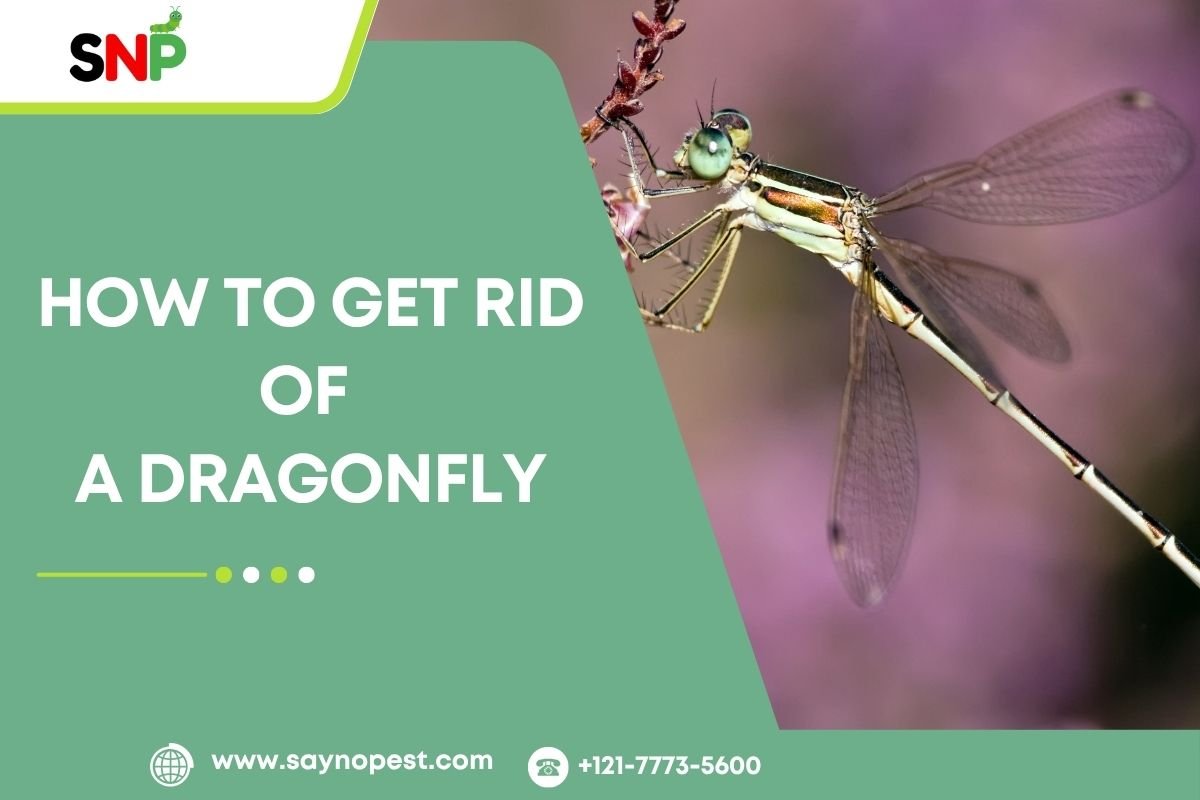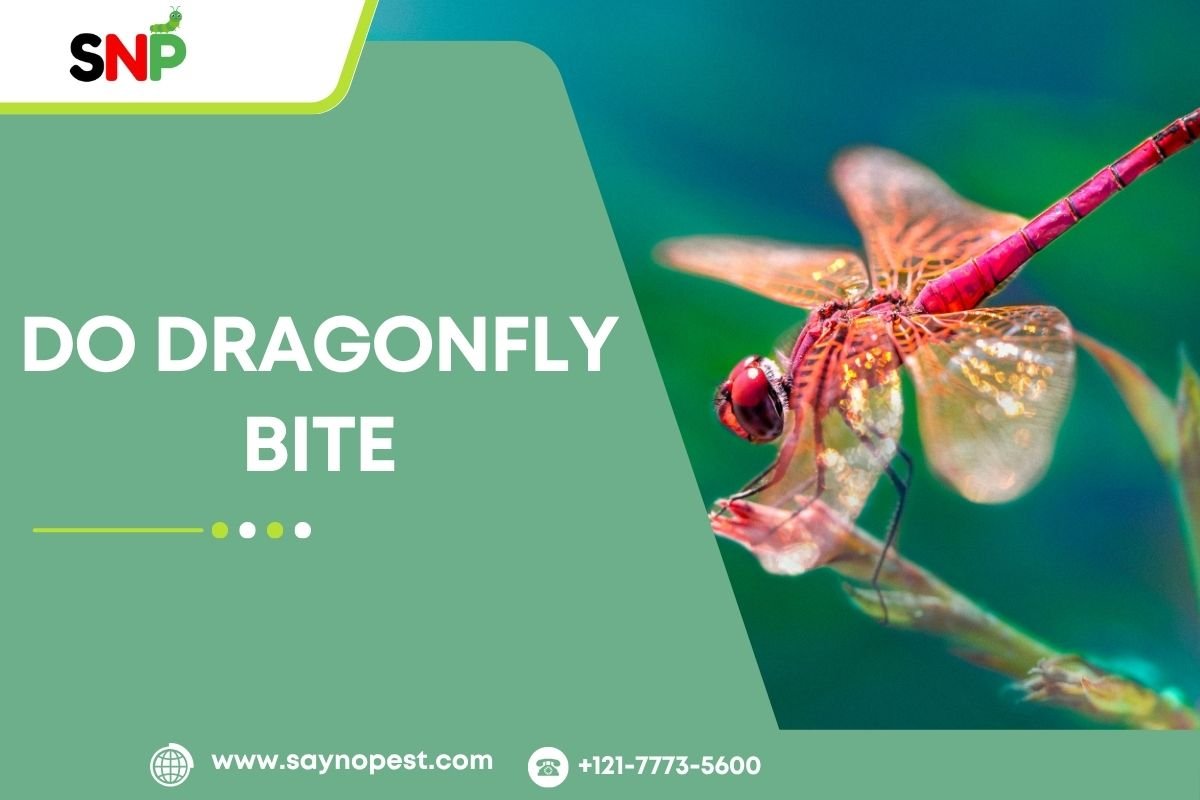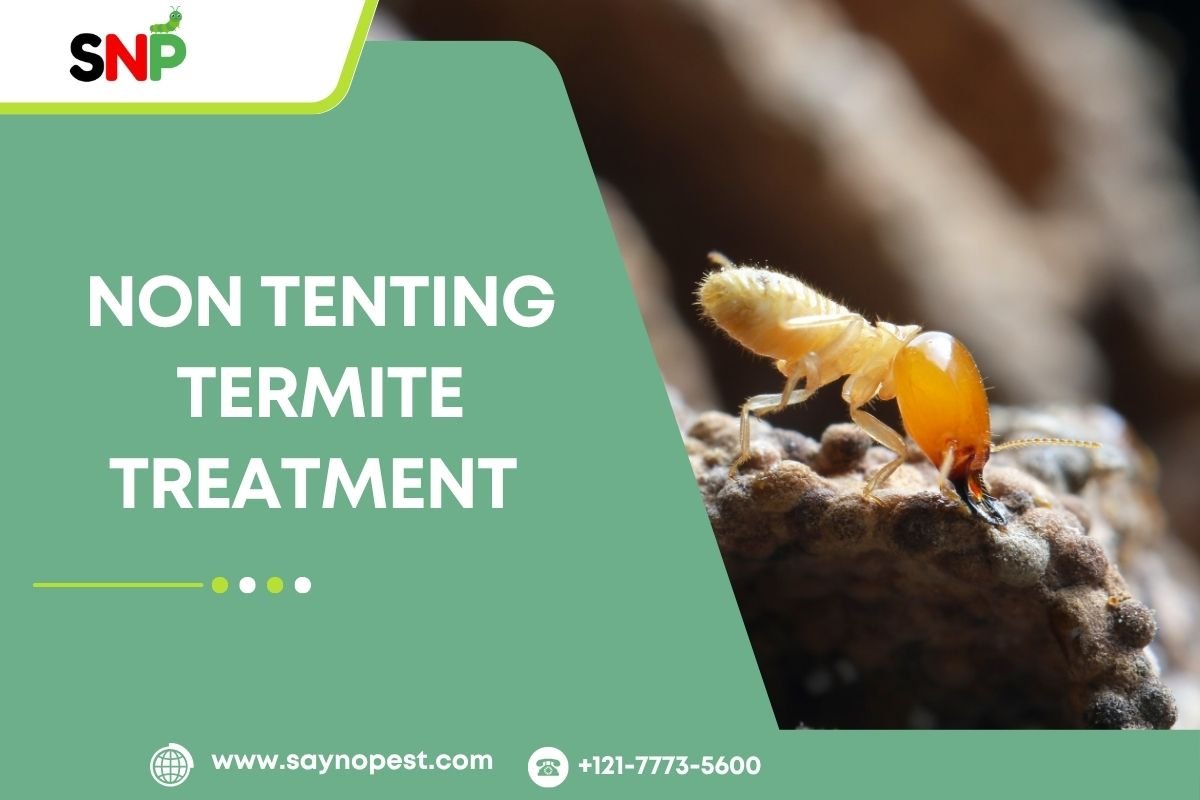Imagine stepping into your garden and finding a quick, brown blur darting through the grass. That’s probably a Field Mouse one of the most common rodents in the United States. You have no idea about the energy these mice have. Do not ever judge them by their furry appearance. The possibility of damage they can do to your house is quite extensive. Here we are going to give you all the facts that you need to know about Field Mouse vs House Mouse.
What Does a Field Mice Look Like?
These usually have a 3-4 inches long body, keeping their tail aside. The tail is often just as long as their bodies. The color of their coat could be anything from sandy or red-brown on the back to white or gray on the underbelly, making them very easy to recognize among other mouse types. Their tail is dark on the top and light from the bottom, besides being bi-colored it is also covered with fine hair.
The Deer Mouse or “Field Mice” are the rodent species that have exceptional hearing capabilities. Their night vision and hearing are perfect for detecting food and avoiding predators. Spotting a mouse with a round body, big eyes, and a tail as long as its body, I can tell you to not think further, because it is a Field Mouse.
Major Differences between a Field Mouse vs. House Mouse
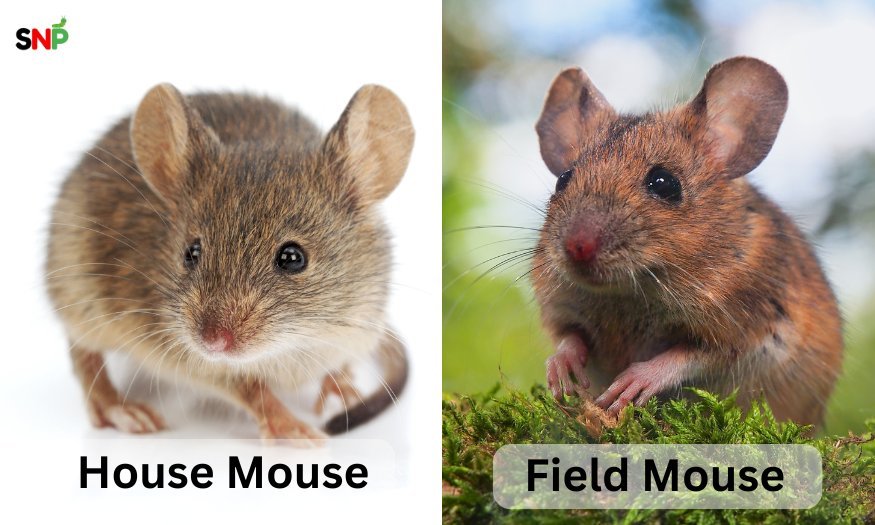
While both are small rodents, Field Mouse vs House Mouse have very different lifestyles and habits.
- Habitat: Field Mice can be seen in open areas such as fields or gardens. They occasionally enter buildings if the weather outside is bad or during winters. House Mice prefer to live inside, so they are more likely to stay near you.
- Behaviour: Field Mice are solitary animals but during winter they may form small groups for warmth. They often store their food near their nests. House Mice are more social and they store food less frequently.
- Droppings: The droppings left by Field Mice are pointed at the ends, while House Mice make round ones. This might help you know which species of mice has occupied your place.
- Smell: House Mice have a strong, foul odor, whereas Field Mice do not have any as such.
- Feet: Field Mice have large hind feet for jumping, whereas House Mice have smaller feet due to which they can easily enter your house even through tight indoor spaces.
- Reproduction: Both are prolific breeders, but the Field Mice can breed as high as 6-8 litters in a year and each litter can have 10-20 pups. Thus, they can cause a huge problem if they are left uncontrolled.
Field Mice Dangers
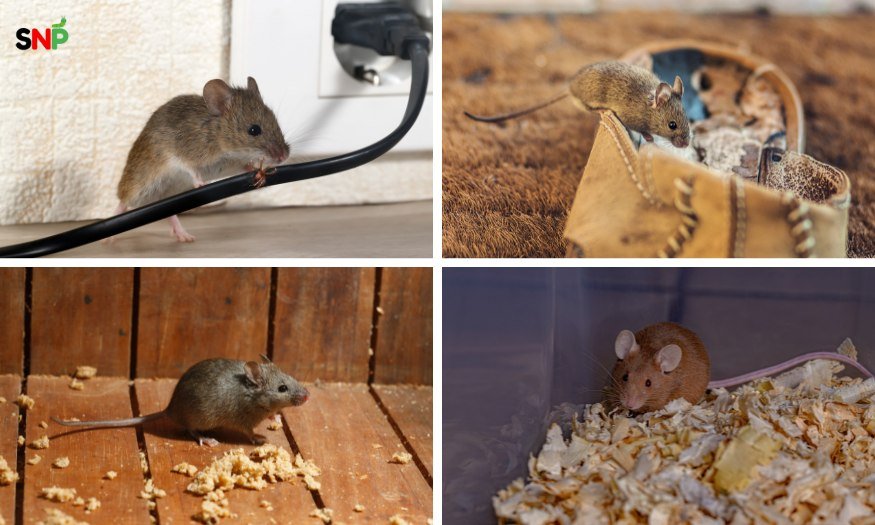
Don’t be fooled by how small and cute field mice look, they can actually cause a lot of problems in your home and on your property.
Health Hazards-
Field mice can spread dangerous diseases like:
- Hantavirus (a severe lung disease),
- Salmonella (causes food poisoning), and
- LCMV (Lymphocytic Choriomeningitis, which affects the brain).
How?
Among the animals, the mice are the most dangerous ones. It was claimed that such diseases can be spread by the mice’s excretions, urine, or even saliva. For example, imagine if a mouse has wandered on your kitchen counter and has left its droppings. You without realizing it have prepared the food, this might lead to you getting very sick.
Field Mice Bring Parasites
Field mice don’t come alone, they bring ticks, fleas, and mites attached on their bodies to your house.
- Ticks can cause joint pain and fatigue.
- Fleas can cause illnesses like typhus.
So, a single field mouse could bring a whole group of tiny pests into your home.
They Chew Everything
Mice chew constantly because it is the only way to keep their teeth from getting overgrown. This results in:
- Chewed electrical wires, that could spark and cause a fire in the house.
- The destruction of pipes and the insulation can result in costly repairs.
They Destroy Food and Crops
Field mice can sneak into:
- Pantries and eat through packaging to get to grains, cereals, or snacks.
- Gardens or farms, where they eat seeds, vegetables, and damage crops.
Conclusion:
Field Mice are indeed very cute, but they are capable of causing damage to health and property that are definitely not minor. Field Mice are dangerous because their number increases a lot faster. They spread diseases and are very destructive. It is crucial to solve the Field Mice problem as soon as possible.
In case you think that these pests are in your home or yard, act immediately! Waiting too long can lead to serious consequences that would make you regret.
